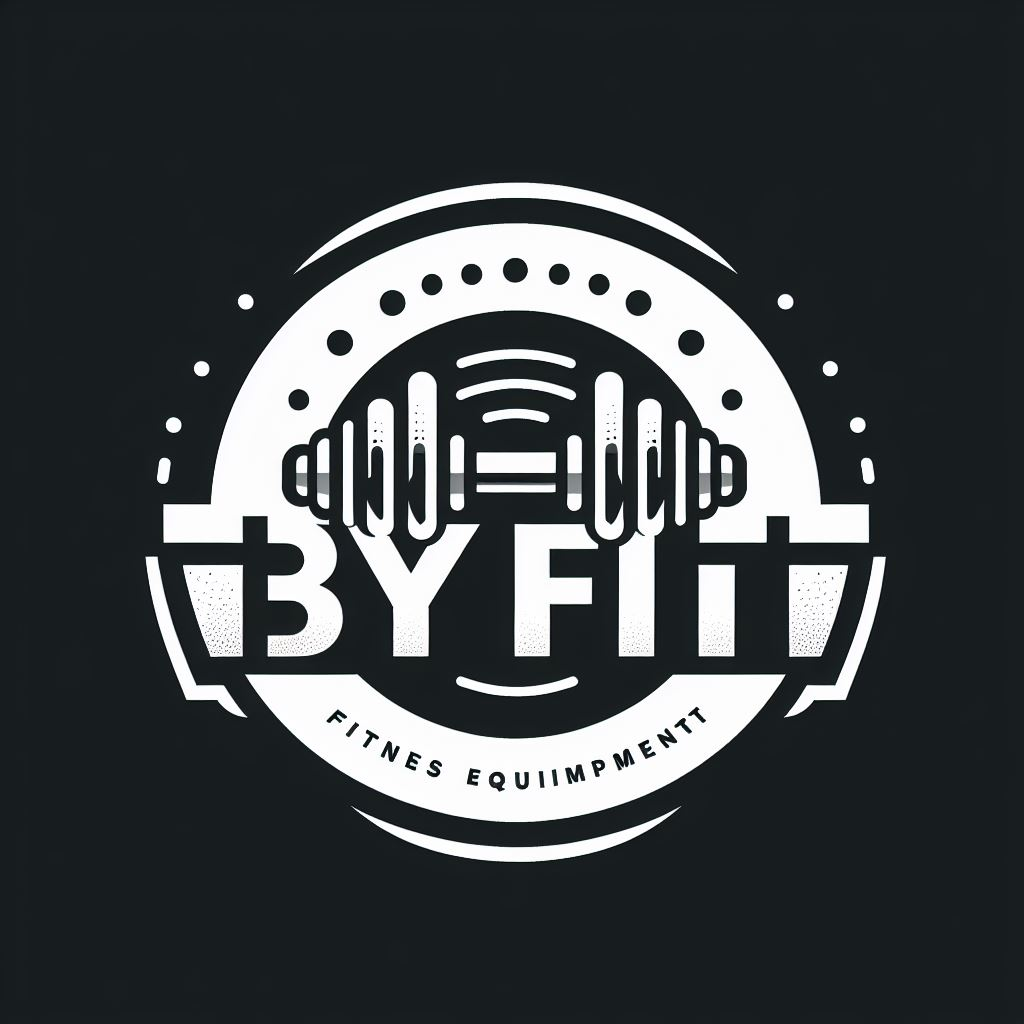When it comes to strength training, the right equipment can make all the difference. Rubber coated tri-grip weight plates are a popular choice among fitness enthusiasts and professionals for their durability, safety features, and ergonomic design. In this blog post, we will explore the benefits, features, and best practices for using rubber coated tri-grip weight plates in your workouts.
What Are Rubber Coated Tri-Grip Weight Plates?
Rubber coated tri-grip weight plates are weight plates designed with three grip holes, making them easy to handle and versatile for various exercises. The rubber coating provides additional protection for both the plates and the gym floor, reducing noise and preventing damage.
Key Features:
- Material: High-quality cast iron core with a durable rubber coating.
- Design: Three ergonomic grip holes for easy handling.
- Protection: Rubber coating to prevent rust, reduce noise, and protect gym floors.
Benefits of Rubber Coated Tri-Grip Weight Plates
1. Enhanced Durability
The rubber coating on these weight plates significantly enhances their durability. It protects the cast iron core from rust and corrosion, ensuring the plates last longer even with frequent use.
2. Improved Safety
The tri-grip design allows for a secure and comfortable grip, reducing the risk of accidents during weightlifting. The rubber coating also provides a non-slip surface, further enhancing safety.
3. Versatility
Rubber coated tri-grip weight plates are versatile and can be used for a variety of exercises, including:
- Bench presses
- Squats
- Deadlifts
- Plate curls
- Core exercises
4. Noise Reduction
The rubber coating helps to dampen the noise when the plates are dropped or placed on the floor, making them ideal for home gyms and commercial fitness centers.
How to Use Rubber Coated Tri-Grip Weight Plates
1. Selecting the Right Weight
Choose the appropriate weight for your fitness level and exercise routine. Start with lighter weights and gradually increase as you build strength and confidence.
2. Proper Handling
Use the grip holes to handle the plates safely. Ensure a firm grip to avoid dropping the plates, which could cause injury or damage.
3. Incorporating into Workouts
Rubber coated tri-grip weight plates can be used in various ways:
- Barbell Exercises: Attach the plates to a barbell for traditional weightlifting exercises.
- Free Weight Exercises: Use the plates independently for exercises like plate curls and core rotations.
- Functional Training: Incorporate the plates into functional training routines for added resistance.
Maintenance Tips for Rubber Coated Tri-Grip Weight Plates
1. Regular Cleaning
Wipe down the plates with a damp cloth after each use to remove sweat and dirt. This helps to maintain the rubber coating and prevent the buildup of grime.
2. Proper Storage
Store the plates in a dry, cool place to prevent the rubber from deteriorating. Avoid exposing the plates to direct sunlight or extreme temperatures.
3. Inspect for Damage
Regularly inspect the plates for any signs of wear or damage. If the rubber coating starts to peel or crack, it may be time to replace the plates to ensure safety.
Rubber coated tri-grip weight plates are an excellent investment for anyone serious about strength training. Their durability, safety features, and versatility make them a valuable addition to any gym. By following the best practices outlined in this guide, you can maximize the benefits of these weight plates and enhance your workout experience.
For more information on fitness equipment and training tips, visit our official website or connect with us on LinkedIn.

